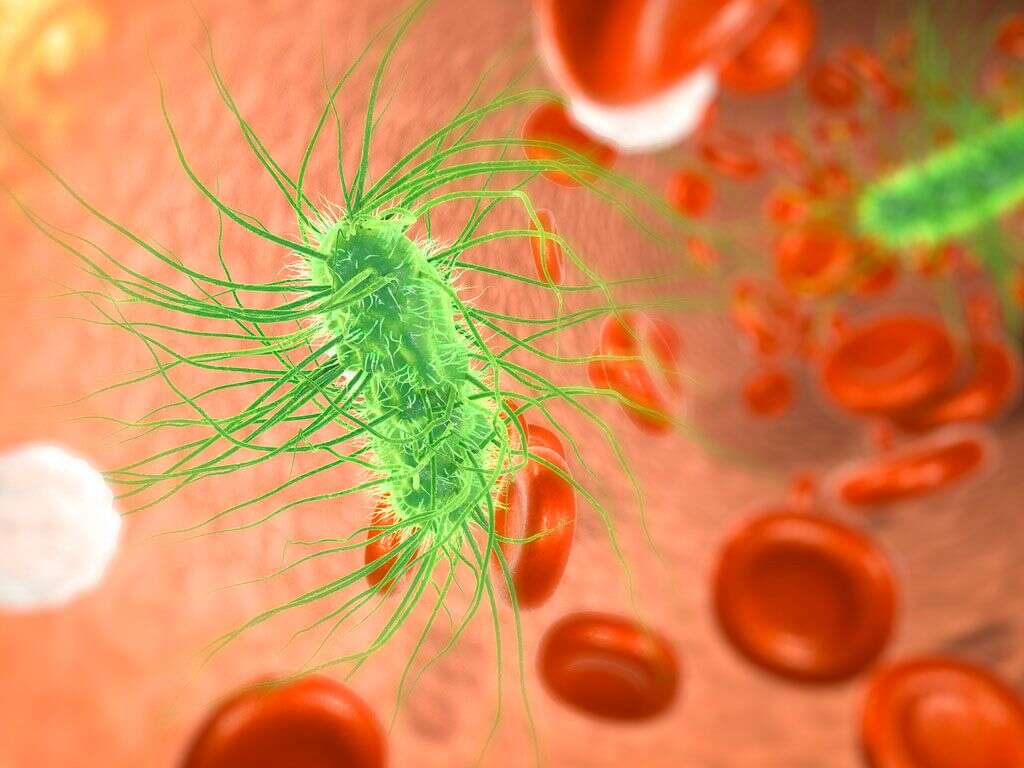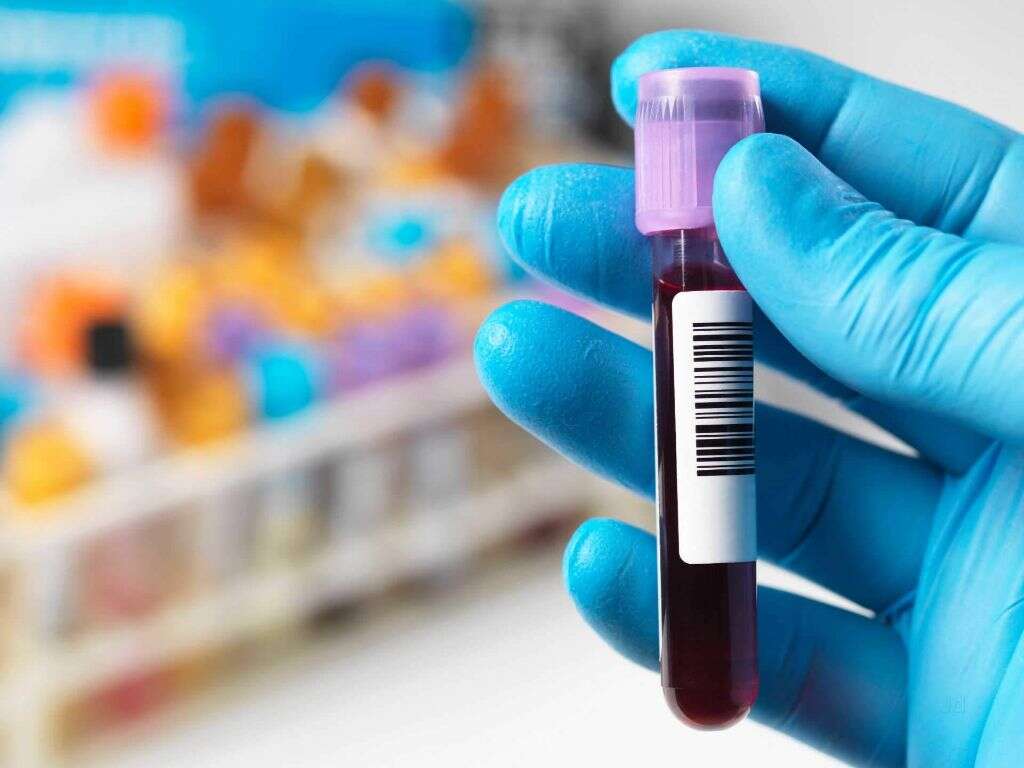10 Gangrene Symptoms
6. Fever
Fevers are actually part of the body’s self-defense mechanism against foreign pathogens. Fever is defined as a temperature of 100.4° F or greater, measured with a thermometer. A person with fever may refer feeling warm to the touch, or give a history of feeling feverish; however, the use of a thermometer is necessary to provide your healthcare provider with accurate information.
Importantly, people who develop gangrene can exhibit fever as a symptom, especially if the process involves bacterial infection. This is true for patients with wet gangrene, internal gangrene, or gas gangrene. Similarly, if any of these infections is severe and spreads throughout the body (sepsis), fever and chills can also present as symptoms. However, abnormally low body temperatures (< 36ºC) can also be indicative of sepsis.
Advertisement












